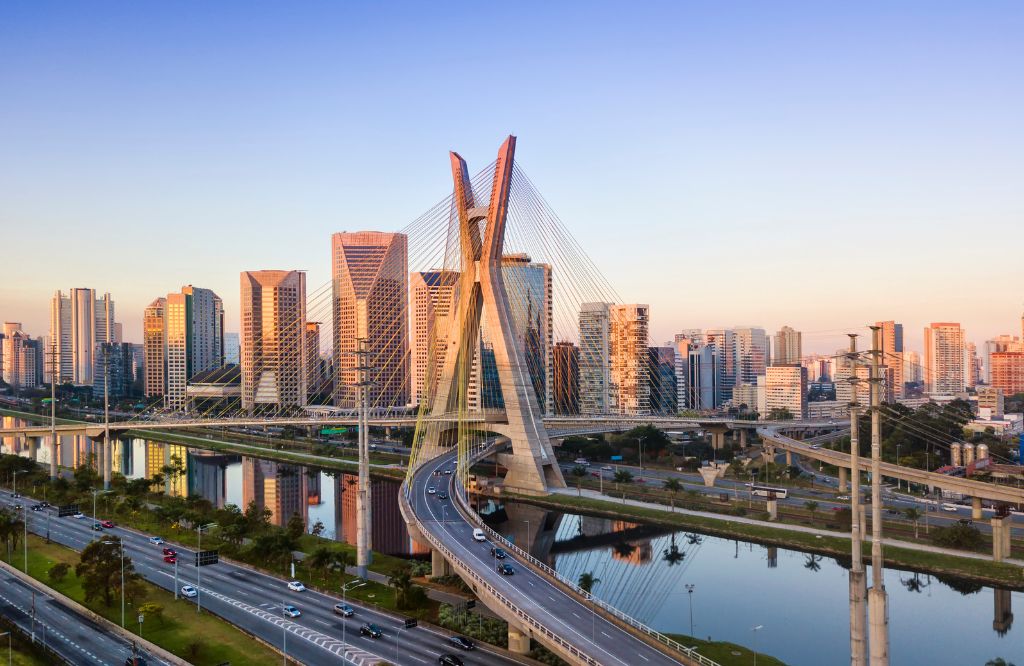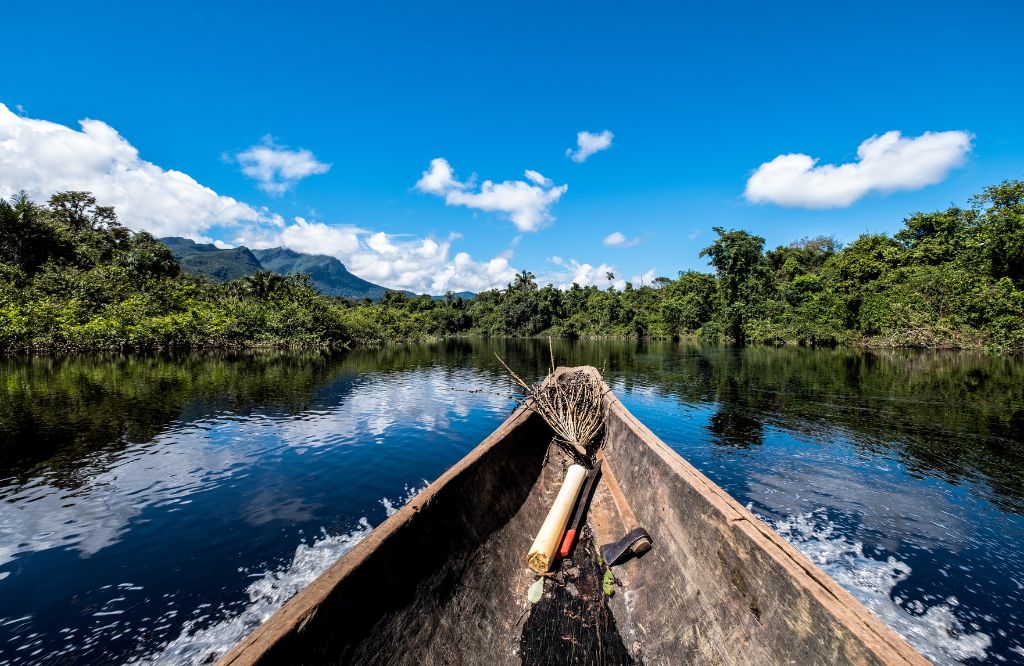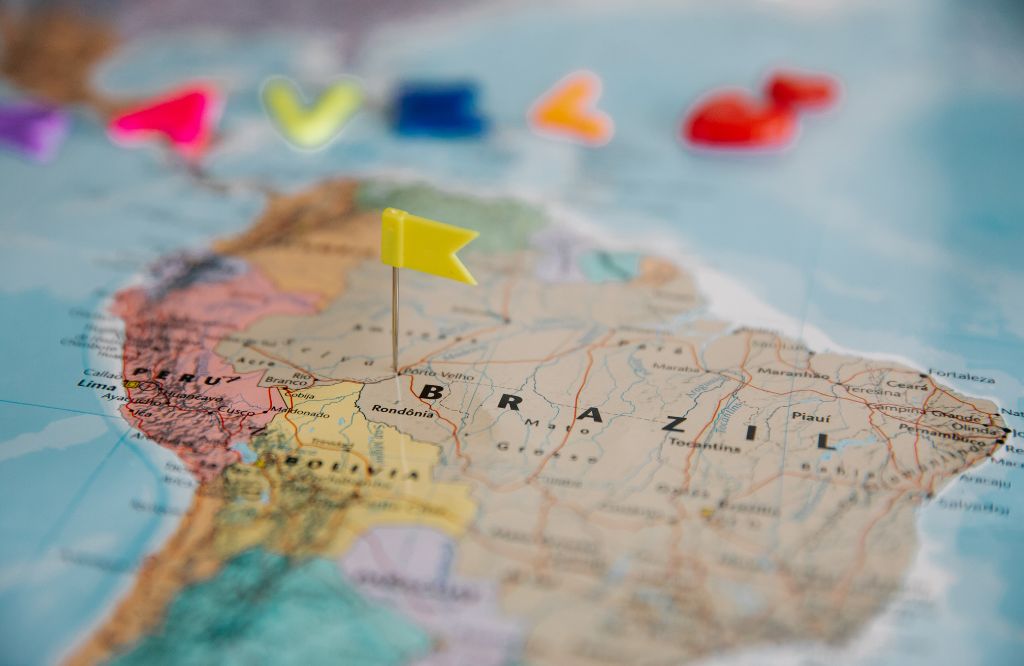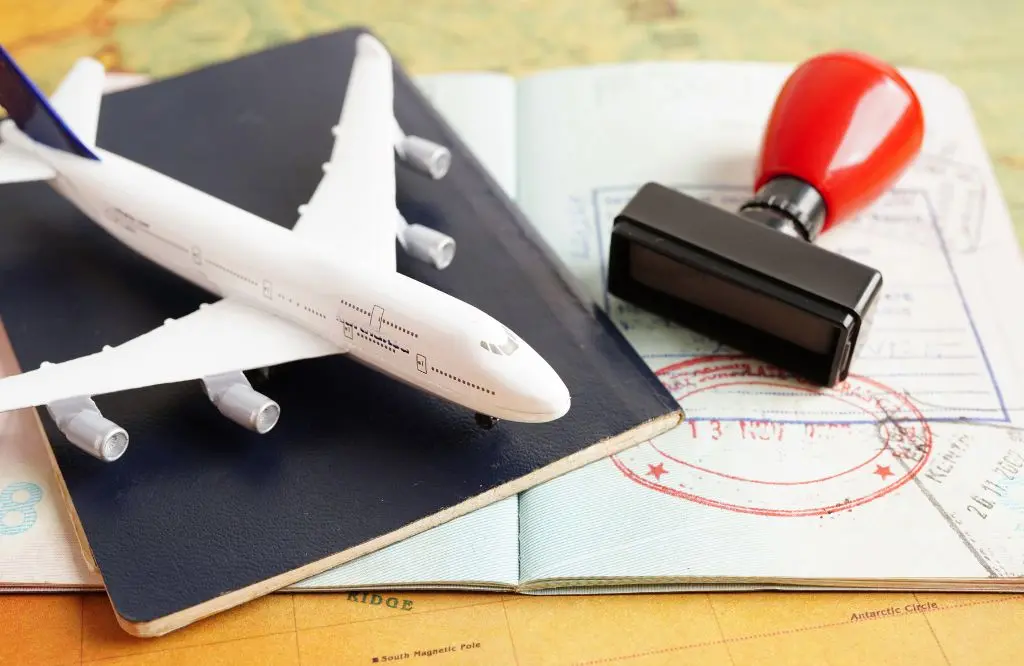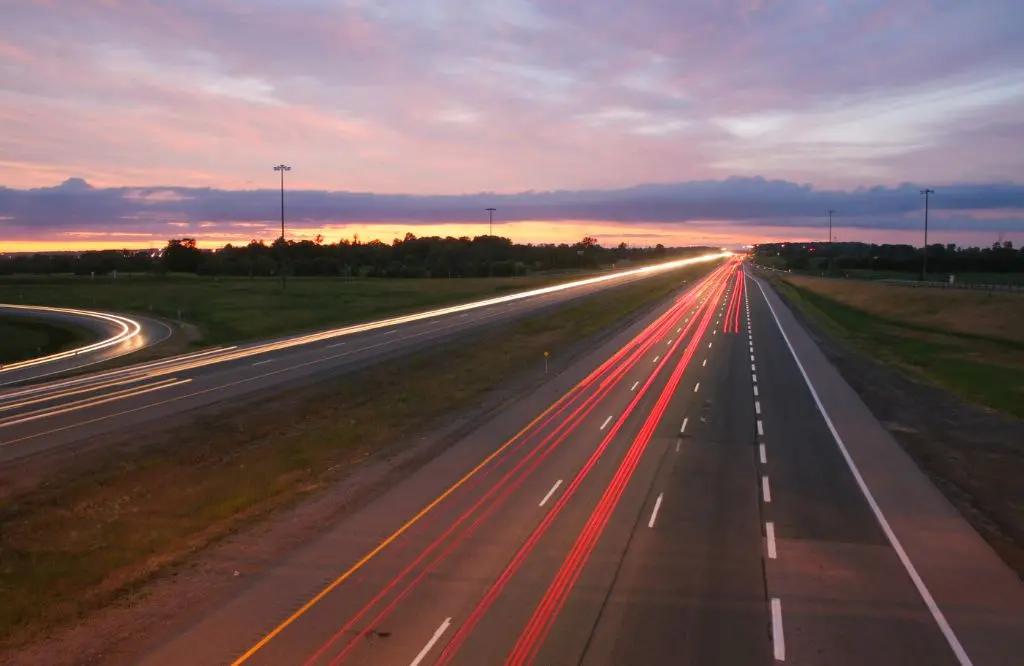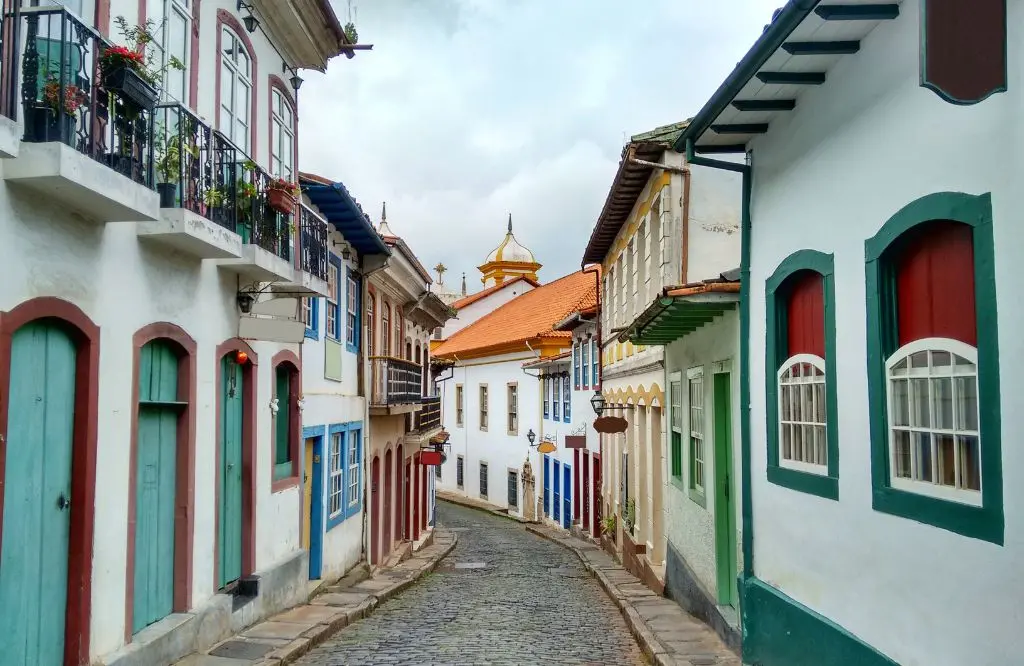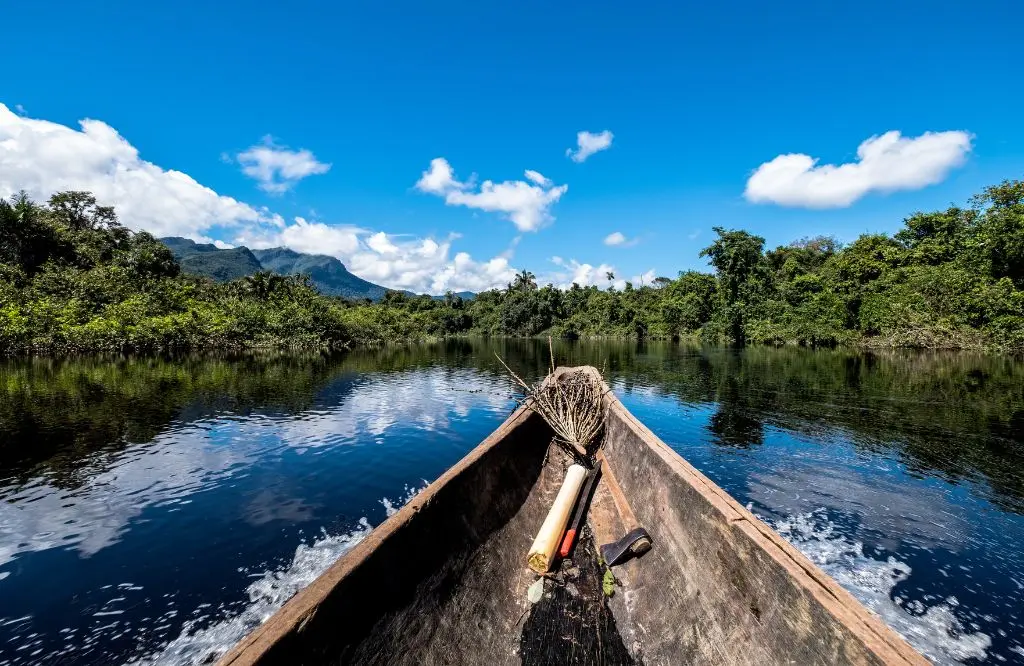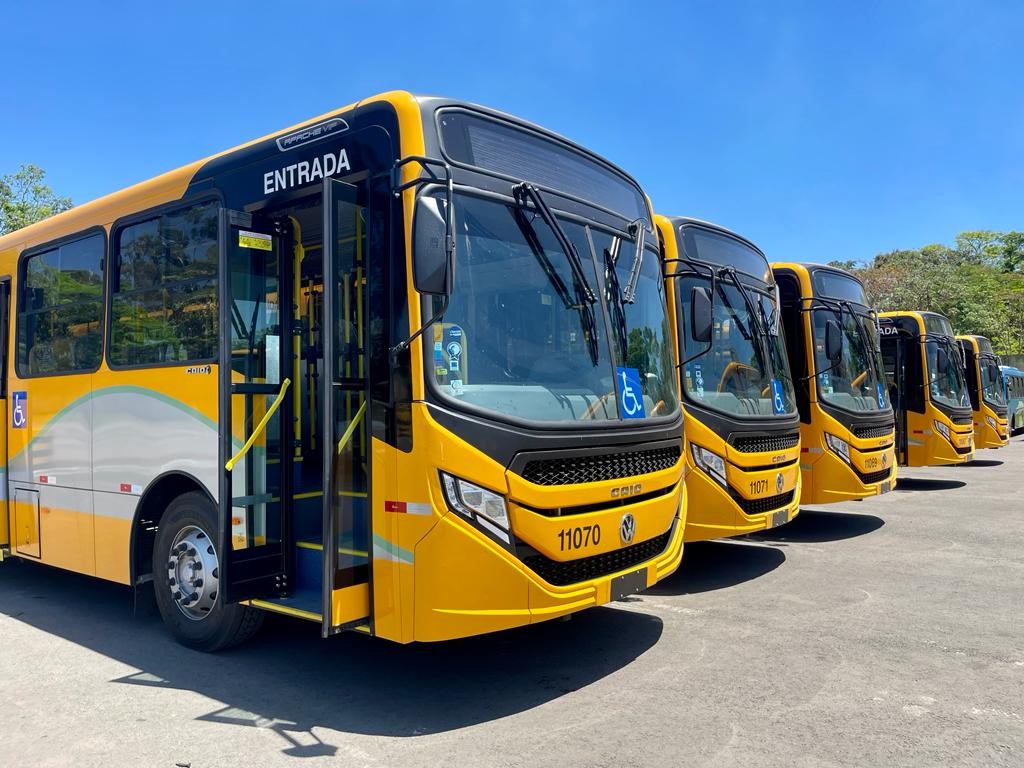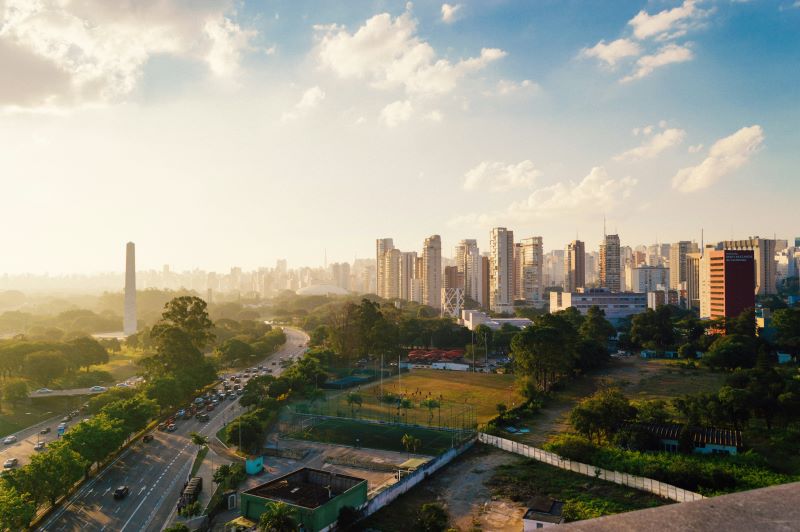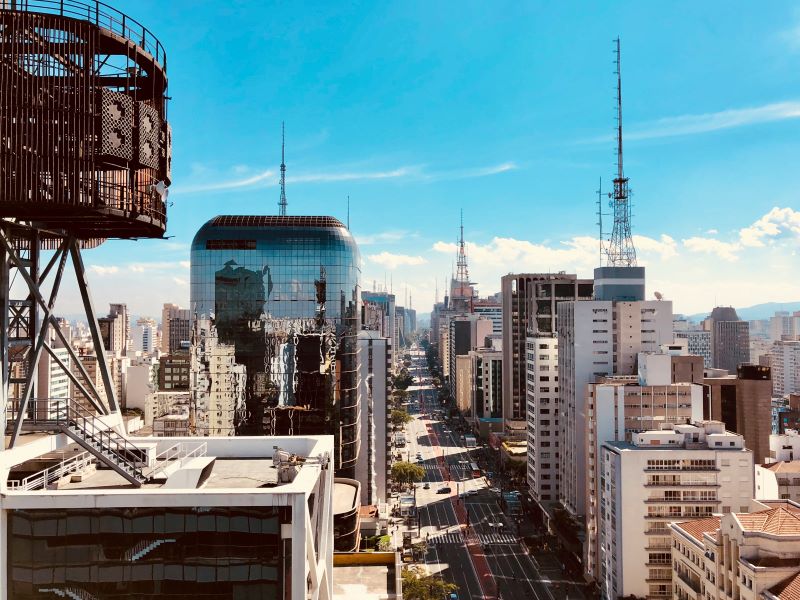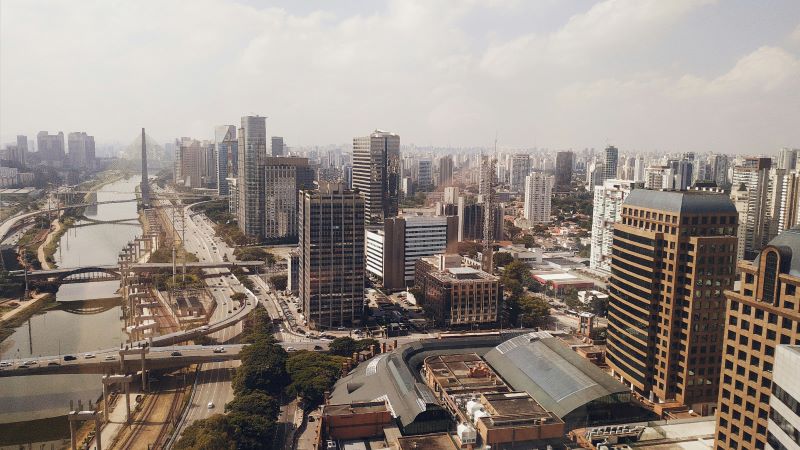Public transportation in Foz do Iguaçu may surprise those who are used to relying on cars or apps. In the Iguazu Falls region, knowing how to get around makes all the difference.
During a visit, we tested the city’s main bus lines to understand the real challenges and advantages for tourists. We explored connections, terminals, and routes to the most popular tourist spots.
The experience showed that it is indeed possible to use public transport with safety and autonomy, as long as the traveler is well-informed.
In this guide, Brasil ATM will help you understand everything about the public transport in Foz do Iguaçu. With practical tips, updated data, and reliable guidance to plan your trips.
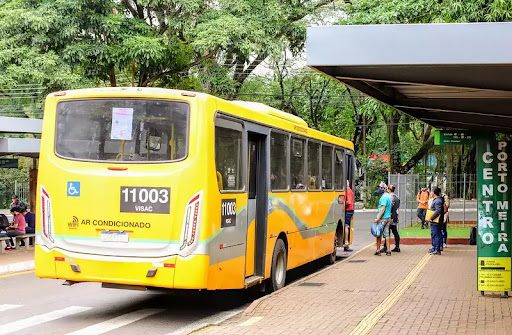
Is it worth using public transportation in Foz do Iguaçu?
Public transportation in Foz do Iguaçu is an economical and functional option for tourists, especially during the day and on tourist routes.
It depends on your traveling profile and the type of itinerary you plan to follow. Public transport in Foz do Iguaçu works well for visiting main attractions on a budget, but it requires planning.
The most used lines by tourists have good frequency and cover places such as the Iguaçu National Park, the airport, and the central area. In more distant neighborhoods, the interval between buses may be longer, especially on weekends.
Main advantages:
- Affordable fare (R$ 5.00 per ride)
- Lines connecting strategic points in the city
- Free transfer between lines via TTU Terminal
Points of attention:
- Simple vehicles, usually without air conditioning
- Lower frequency at night and on weekends
- Need to check routes in advance
With the right information, it is possible to enjoy the public transport system with basic comfort, safety, and savings. To optimize your experience, keep following the tips from Brasil ATM.
How much does public transportation cost in Foz do Iguaçu?
The public transportation fare in Foz do Iguaçu is R$ 5.00 per ride, valid for any urban line, with payment by card or cash.
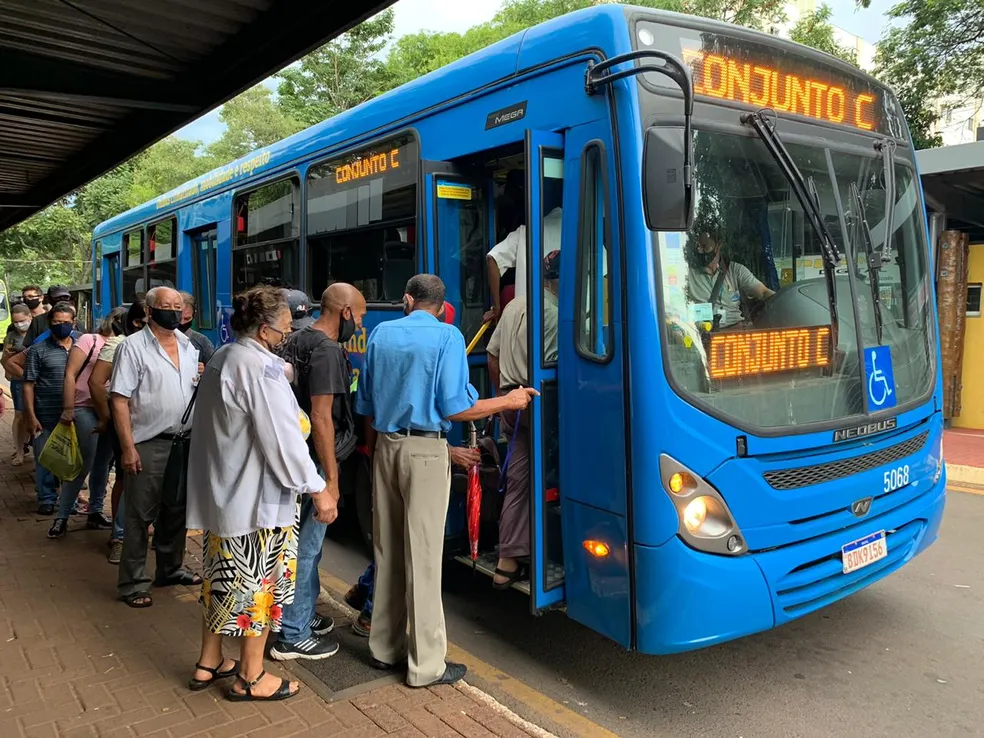
The flat fare for the public transportation in Foz do Iguaçu is R$ 5.00 per ride, regardless of the line or destination within the municipality. The value is the same whether paying by card or directly on the bus.
Accepted payment methods:
- Foztrans Único Card
- Exact cash (paid directly to the collector)
- Credit or debit card (via onboard machines)
It is important to highlight that the system does not differentiate between urban and intercity lines, such as the popular line 120, which connects downtown to the National Park and the airport.
For those planning to visit the Argentine side of the Falls as well, it is possible to use international public transport departing from Puerto Iguazú. The round-trip fare to the park is around R$ 46.00, according to local companies.
Tip: Plan your trip in advance, especially if you are crossing the border or visiting more than one tourist site in the same day.
Which are the main bus lines used by tourists in Foz do Iguaçu?
Foz do Iguaçu has several lines that make it easier to get around the city’s most visited tourist spots. Some are especially recommended for those wanting to travel between downtown, the National Park, the airport, and the border with Paraguay.
Below, we highlight the lines most used by tourists, based on frequency, coverage, and practicality:
| Line | Destination | Frequency | Note |
| 120 | TTU Terminal → Iguaçu National Park and Airport | High | Most used by visitors and locals |
| 101 | TTU Terminal → Itaipu Binacional | Medium | Connects to the Itaipu tourist complex |
| 075 | TTU Terminal → Friendship Bridge | High | Ideal for those going to Paraguay |
| 045 | Vila C | Low | Local line with less tourist relevance |
Tip: To visit the National Park, Bird Park or the airport, line 120 is the best option. It runs through downtown and has well-marked stops.
Checking schedules on Google Maps is essential to optimize your trips and avoid long waits.
How do the transfer terminals work in Foz?
The terminals in Foz allow free bus transfers within a time limit, facilitating mobility between neighborhoods and tourist attractions.
Foz do Iguaçu’s public transport system is organized around integration terminals that allow transfers between different lines at no additional cost. The most important is the Urban Transport Terminal (TTU), located in the city’s central area.
By using the TTU, passengers can change buses and continue to other neighborhoods or tourist sites without paying a new fare, as long as the transfer happens within the time limit — usually up to 1 hour.
Other relevant terminals for travelers:
- Vila A Terminal: near the Itaipu plant
- Porto Meira Terminal: serves residential areas and accesses the Argentine border
- North Terminal: connects northern regions of the city to the Friendship Bridge lines
These terminals provide broader urban coverage and help visitors move around with more autonomy and savings. Checking route maps and planning trips based on these integration points is essential for a more efficient experience in Foz do Iguaçu.
Step-by-step: How to use the bus in Foz do Iguaçu
Plan your route, go to the marked stop, pay the fare, and signal your stop. It’s a simple, accessible, and practical system for tourists.
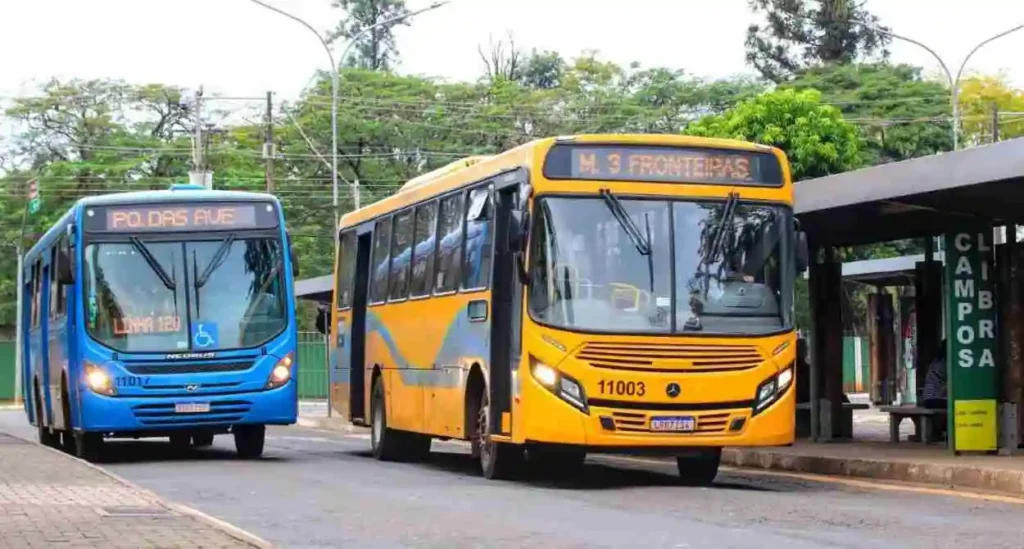
If it’s your first time using public transport in the city, don’t worry: the system is simple and accessible. With some basic precautions, it’s possible to move safely between Foz’s main tourist attractions.
See the step-by-step to use the bus in Foz do Iguaçu:
- Plan your trip in advance: Use apps like Google Maps or Moovit to check lines, schedules, and connections.
- Go to the nearest bus stop: Main stops are marked and usually have shelters in central areas.
- Have the exact fare or use a card: The fare is R$ 5.00 and can be paid in cash, debit, credit, or with the Foztrans card.
- Confirm the bus destination with the driver or fare collector: They usually assist with directions and transfer info.
- Disembark with attention: Stay alert to the route and signal your stop in advance. Not all buses have sound or visual alerts.
Tip: If you plan to transfer between lines, check whether the route passes through the TTU to benefit from the free transfer.
Public transport vs. ride-hailing apps: what’s more worth it?
Choosing between buses and apps like Uber or 99 in Foz do Iguaçu depends on your travel style, time availability, and where you’re staying. Both options work well in the city, but serve different needs.
| Criterion | Public transport | Apps (Uber/99) |
| Cost | R$ 5.00 per ride | R$ 12–20 on average |
| Time | Varies by line | Usually faster |
| Comfort | Basic, no AC | Cars with AC, more privacy |
| Best for | Daytime tourist routes | Groups, night trips or urgency |
According to Brasil ATM, public transportation is very viable for those staying in the central region and visiting tourist spots during business hours. Line 120, for example, is efficient and safe for getting to the National Park or the airport.
On the other hand, if you’re in a group, carrying luggage, or staying far from the center, ride-hailing apps offer more practicality and agility — especially at night or on rainy days.
Does public transportation in Foz do Iguaçu go to the airport?
Yes. Line 120 connects downtown to Foz do Iguaçu Airport directly, safely, and affordably.
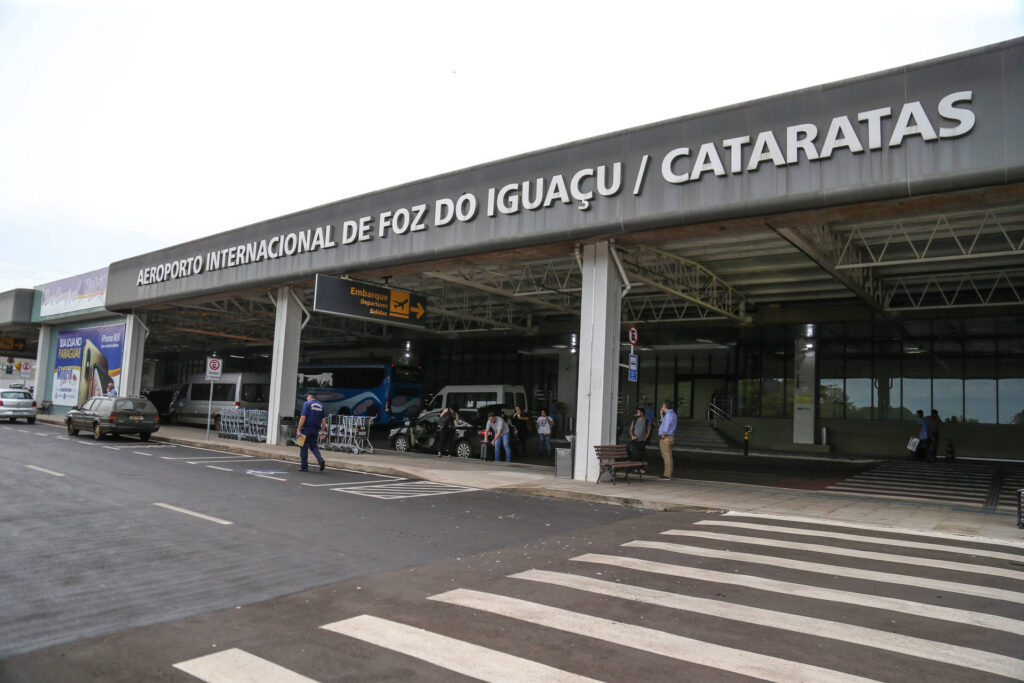
Yes. Line 120 is the main option for those wishing to go from the city center to Foz do Iguaçu International Airport using public transportation. The route is direct, safe, and with well-marked stops.
Tip: Although very functional, it’s a regular city bus. Don’t expect luggage compartments or special infrastructure for large bags. Prefer backpacks or compact luggage to ease boarding and disembarking.
Does public transportation in Foz do Iguaçu work for crossing borders?
Yes. It’s possible to cross to Argentina or Paraguay using regular bus lines, as long as the traveler pays attention to operational and document details.
- To Puerto Iguazú (Argentina):
The route can be made from downtown Foz with buses crossing the border via the Tancredo Neves Bridge Customs. The most used buses are from Transborder and Celeste companies. The round-trip fare to the Argentine Falls is around R$ 46.00.
- To Ciudad del Este (Paraguay):
Line 075 departs from TTU Terminal and goes to the Friendship Bridge. Crossing into Paraguay is simple, but traffic can be heavy during peak hours.
Important recommendations:
- Always carry an updated photo ID (RG, driver’s license, or passport)
- In some cases, the bus doesn’t stop at immigration. Confirm with the driver if you need to get off.
- Avoid crossing during rush hours (7–10 a.m. and 5–7 p.m.)
These routes are widely used by tourists and locals, but require extra attention so you don’t compromise your itinerary or face unnecessary risks.
Practical tips for using public transportation in Foz
- Use Google Maps to plan your routes, check lines, and real-time schedules.
- Plan your trips in advance and allow a time buffer for delays.
- Avoid riding buses after 9 p.m., when service frequency drops.
- Bring exact cash or use the Foztrans card to ease boarding.
- If you have large bags, small children, or mobility needs, consider using apps or private transfers for more comfort.
Conclusion: Is public transportation in Foz do Iguaçu viable?
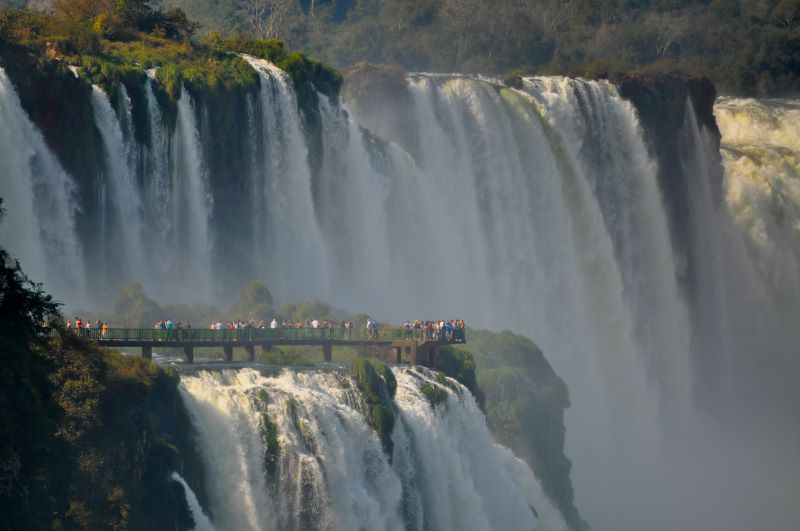
For those traveling on a tight budget and wanting to explore Foz in a more local way, public transportation is a good option. It covers the main tourist spots, has an affordable fare, and is relatively reliable. However, for groups, trips outside business hours, or personalized routes, it’s worth combining with ride-hailing services or private transfers.
📍 Want to explore Foz do Iguaçu smartly?
Use this guide to plan your itinerary and enjoy the best of the city with safety, savings, and autonomy.
Where to withdraw money from ATM24h machines in Brazil
To make the most of your trip to Foz do Iguaçu, carry some cash. This ensures a smooth and hassle-free experience. In some places, it’s essential for meals, transport, entrance tickets, and more.
See the table below for some ATM24h locations in the areas mentioned in this article:
| Where | Location |
| Aeroporto de Foz do Iguaçu | See all locations here |
| Belmond Hotel das Cataratas | See all locations here |
| Shopping Palladium | See all locations here |
| Ibis Foz do Iguaçu | See all locations here |
| Cataratas Shopping | See all locations here |
Discover Brasil ATM
At Brasil ATM, we see Brazil as a place full of unique beauty and fascinating culture. Our portal, supported by the global brand ATM24h, shows our love for Brazil. We want to inspire tourists to explore its wonders in a safe and informed way.
We provide accurate, updated, and inspiring information in three languages. That way, you have everything you need to plan your trip with confidence. We have everything for travelers: travel guides, detailed itineraries, and planning tips.
We want to create memories that last. We’ll show the natural and cultural wonders of Brazil. Explore famous destinations like Rio de Janeiro and São Paulo. Also discover hidden gems like Lençóis Maranhenses and Fernando de Noronha. We’re here to help you make the most of your trip.

Did you like this article? Read more about Foz do Iguaçu
- Best hotels in Foz do Iguaçu – 9 you can’t miss
- Are the Iguazu Falls safe?
- What to do in Foz do Iguaçu
- What to do in Iguazu Falls when it rains
Frequently asked questions about public transport in Foz do Iguaçu
Yes, public transport is safe during the day and in busy areas. Avoid very late hours or isolated stops. Use the tips from Brasil ATM to move around more safely.
Yes, lines run on Saturdays and Sundays, but with reduced frequency. It’s important to plan ahead. Check real-time schedules on Google Maps before leaving.
Yes, line 120 connects the airport directly to the city center. It’s a safe and affordable option. See the step-by-step guide from Brasil ATM and plan your route.
Children up to 5 years old don’t pay if sitting on a guardian’s lap. From that age on, the full fare applies. Check other conditions on the Foztrans website or with the fare collector.
Most vehicles are basic and don’t have air conditioning. The windows are ventilated, but comfort is minimal. Bring water and plan your trips for cooler times of day.


